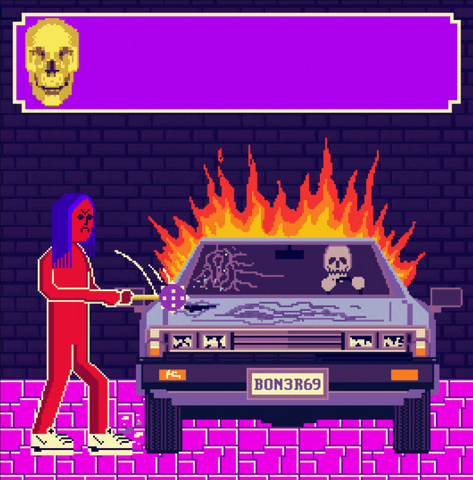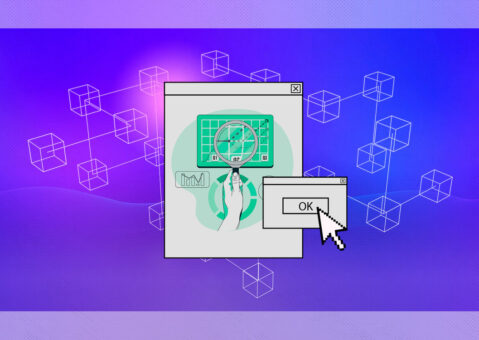The incorporation of internet technologies into society, the massive and rapid spread of information and the extensive use of social media have not only reinforced existing forms of violence against women and girls (VAWG), but have also created new instruments to harm and control them. With the use of digital technology, VAWG has expanded and intensified, causing adverse consequences for women’s autonomy over their bodies, voices and economic opportunities.
While research shows that one in three women has experienced some form of violence in her life, we still lack precise data on how many women are affected by cyberviolence. However, the European Union has estimated that in Europe around one in ten women between the ages of 15 and 29 has been victim to aggressive behaviors on the internet, and this number seems to have increased during the pandemic.
Cyberviolence is often discussed publicly as a gender-neutral issue, which mostly depends on individual responsibility and the ability to protect oneself on the web. However, online violence is gendered, and it is just as damaging to women as physical violence – just because it’s virtual, doesn’t mean it is any less real. Since we live in a digital society and access to the internet is increasingly viewed as a fundamental human right, it is urgent to ensure that cyberspace becomes a safer and fairer space for women and girls, instead of a harmful and discriminating one.
New tools, old violence

As happens in offline contexts, gender-based violence can take different shapes and forms, but since violence has extended to the online world, it makes it easier for people to commit abuses without consequences. Online gender-based violence is still a difficult phenomenon to grasp because it is constantly shifting, changing and traveling across different platforms, reflecting the very nature of digital technologies.
According to the European Women’s Lobby, online VAWG can be categorized along two axes: verbal and image-based sexual abuse. The first category includes behaviors such as sexist hate speech, cyber-harassment, rape threats and doxing, whereas the second category points to a more “graphic” violence, which includes creepshots, the non-consensual dissemination of intimate images, deep fake porn, and even dickpics. Moreover, with the use of digital technologies “traditional” forms of violence can be expanded and reinforced too. This is the case with stalking, hacking to control personal communication, or even recruitment to lure potential victims of trafficking and prostitution.
“
The design and use of technology can never be separated from the dominant values and beliefs of a society, and in this sense the affordances of digital spaces often offer an ideal environment for violent discourses to expand and grow stronger.
What is important to understand is that online VAWG is part of a continuum of gender-based violence which aims at maintaining male supremacy in the digital sphere. In fact, while abusers can use different strategies and means to commit violence, the goal remains to humiliate, scare, silence, attack and control women and girls. This is especially true when women have an online voice and presence, as in the case of female politicians, journalists, activists and even influencers, who have become preferred targets of gender-based online violence. In this case, online harassment can include acts such as trolling, defamation, insults, public shaming and more recently Zoombombing, always with the aim of “putting women in their place”, which, of course, is far away from the public sphere.
Besides experiencing high levels of stress and anxiety, one of the most widespread consequences of receiving gender-based online violence is self-censorship and silence. While we need to ensure that women’s voices keep being heard, women, when faced with violence, are often just told to “not feed the troll” or to “go offline for a while”, ignoring how damaging online violence can be for women and showing a worrying normalization of these kinds of acts.
Rape culture and the manosphere
This normalization is a result of rape culture, a term indicating a set of cultural norms that normalize and justify sexual violence as an inherent part of society. Rape culture is perpetuated through misogynistic language, gender stereotypes and roles, the objectification of women’s bodies and victim blaming. In this sense, we need to look at online VAWG as a cultural phenomenon which is deeply entrenched within societal structures and gender performativity. In fact, the design and use of technology can never be separated from the dominant values and beliefs of a society, and in this sense the affordances of digital spaces often offer an ideal environment for violent discourses to expand and grow stronger.
To observe how rape culture lives and proliferates in the digital sphere, we may turn to the spread of masculine spaces and the appearance of the so-called “manosphere”. Over the past few years, the internet has in fact seen a growth in the number of Facebook groups, blogs, subreddits and Telegram chats where groups of men meet, share opinions and create debates about women and feminism. These spaces are characterized by feelings of victimhood and resentment towards women, where feminism and women’s rights are considered toxic and discriminating against men. The manosphere is generally populated by “involuntary celibates” (incels), men’s rights activists (MRA), “pick-up artists” and divorced fathers, but more recently also groups and channels dedicated to the non-consensual sharing of intimate images.

The existence of the manosphere points to a strong presence of hegemonic masculinity in response to a growth of online feminism and female voices. For this reason, it is urgently necessary to recognize the origins of rape culture and VAWG in order to imagine new ways of staying safe on the internet.
Conclusion
Women are disproportionately affected by online hate and violence, and therefore a systematic gender perspective is strongly needed in the development and use of internet technologies both on an institutional and technical level. To build a safer internet, we need to fight the roots of rape culture and sexism by every means at our disposal.
And while it is essential to insist on the importance of creating educational paths oriented towards gender equality and the destruction of stereotypes and taboos, it is also important to recognize that digital civic education is a crucial part of teaching digital human rights and responsibilities. Offline and online cannot be considered separate worlds anymore.
To prevent violence, we also need internet intermediaries to take more action. They must ensure that their platforms are not abused for the perpetration of violence against women and take more responsibility for the dissemination of misogynist hate. However, at the moment this is mostly being dealt with by censoring female nudity and sexual discourse, causing even more harm to female voices and bodies while helping abusers. In this sense, more inclusivity and female perspectives also need to be included in the design and the development of technology.
AUTHOR

Authorship is by Silvia Semenzin, but this content has been made thanks to the whole P2P Models team ![]()
Designs are by Elena Martinez
Review by Genoveva López and Guerrilla Translation
Rosa Chamorro and Samer Hassan make everything possible






[…] Moreover, we can look at the development of ‘the manosphere’ – a loosely organised online subculture promoting traditional masculinity, misogyny and anti-feminist values – as a response to heightened accountability discourse and action concerning consent and women’s bodily autonomy. Communities within the manosphere include men’s rights activists (MRAs), incels (involuntary celibates), Men Going Their Own Way (MGTOW), pick-up artists (PUA), and fathers’ rights groups. The manosphere overlaps with the far-right and alt-right groups and functions as a substantial contributor to cyber-VAWG. […]
Comments are closed.